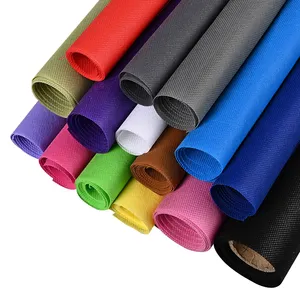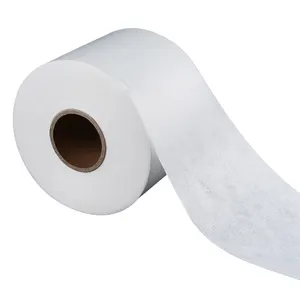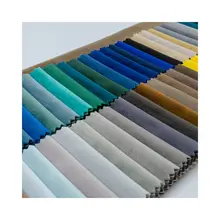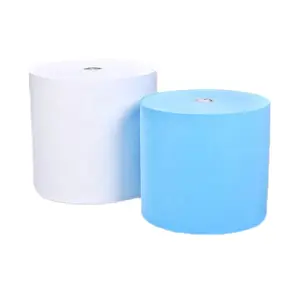Exploring the Versatility of Printed Nonwoven Fabric
The realm of printed nonwoven fabric encompasses a diverse array of materials designed for a multitude of applications. This category of fabric is engineered through a process that bonds fibers together without weaving, creating a unique structure that offers distinct advantages in various industries. The fabric's porous nature allows it to be utilized in products ranging from hygiene to agriculture, highlighting its adaptability.
Types and Applications of Non Woven Printed Fabric
Non woven printed fabric is not a one-size-fits-all solution; it comes in various types to serve specific purposes. For instance, its use in the medical sector includes items like disposable gowns and masks, while in agriculture, it serves as a protective layer for crops. The fabric's printability also allows for aesthetic customization, making it suitable for decorative and branding purposes in the garment and retail sectors.
Features and Material Specifications
The intrinsic features of printed non woven fabric are what make it a sought-after material. Its breathability is essential for applications requiring air circulation, such as in clothing and bedding. The fabric's non-porous variants are used in scenarios where liquid resistance is crucial, such as in spill control. Material specifications vary, with options like polypropylene being common due to their durability and moldability.
Advantages of Printed Nonwoven Fabric
The advantages of printed nonwoven fabric are numerous. Its lightweight nature makes it easy to handle and cost-effective for transportation. The fabric's non-fraying edges simplify the production process, as hemming is not required. Additionally, the nonwoven fabric's ability to be infused with antibacterial properties is invaluable in creating sanitary products that help mitigate the spread of germs.
Sustainability and Environmental Impact
Environmental considerations are paramount, and printed nonwoven fabric can be produced with sustainability in mind. Manufacturers offer options made from recycled materials, contributing to waste reduction. Furthermore, the durability of nonwoven fabrics can lead to less frequent replacement and, consequently, a lower environmental footprint.
Design and Customization Potential
The design potential of printed nonwoven fabric is vast, with customization options that cater to a wide range of aesthetic preferences. Patterns and colors can be tailored to specific themes or corporate branding, making the fabric a versatile choice for businesses looking to make a visual impact. The fabric's adaptability in design extends its applicability across various sectors, from fashion to interior design.






































 浙公网安备 33010002000092号
浙公网安备 33010002000092号 浙B2-20120091-4
浙B2-20120091-4